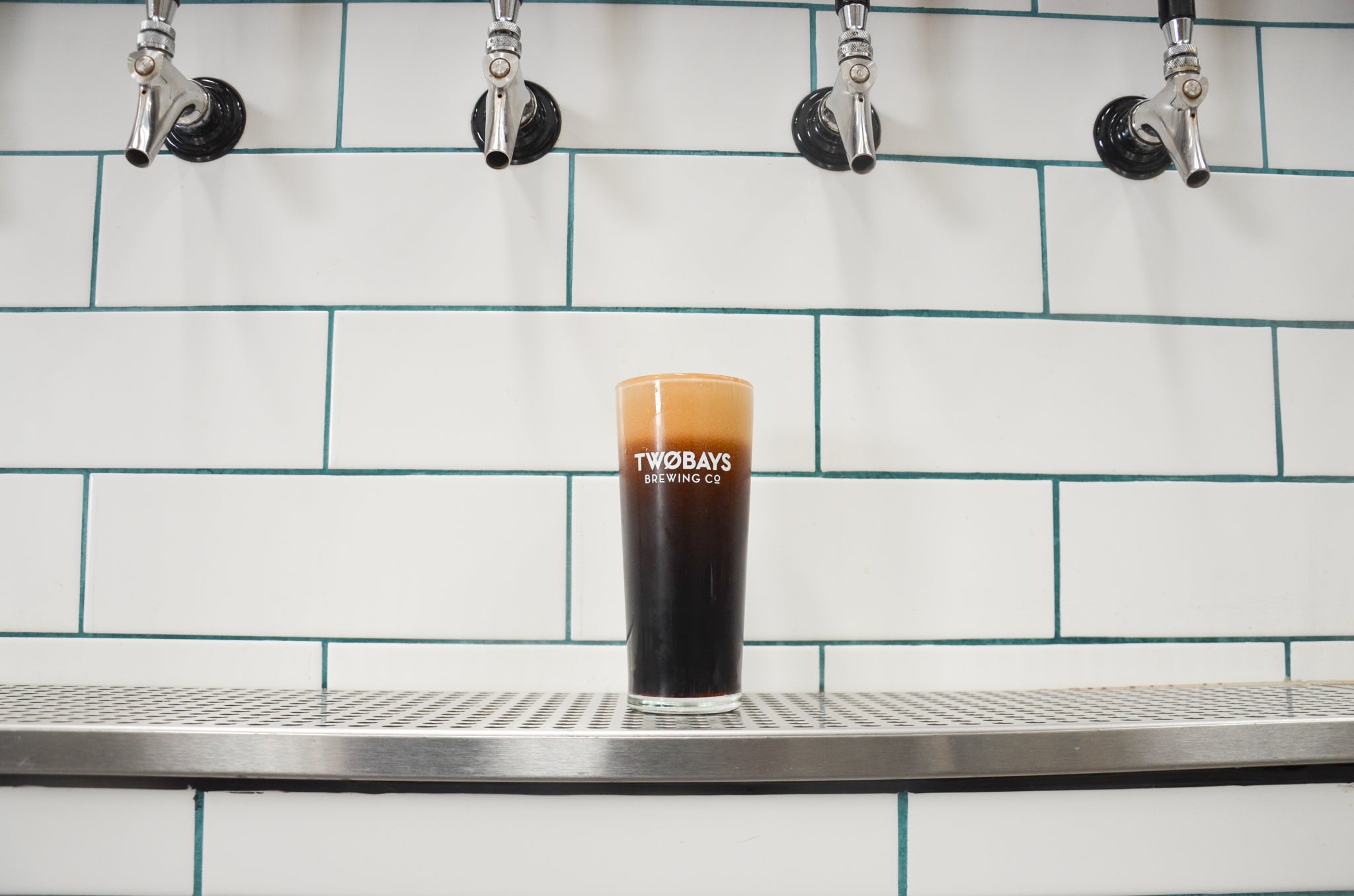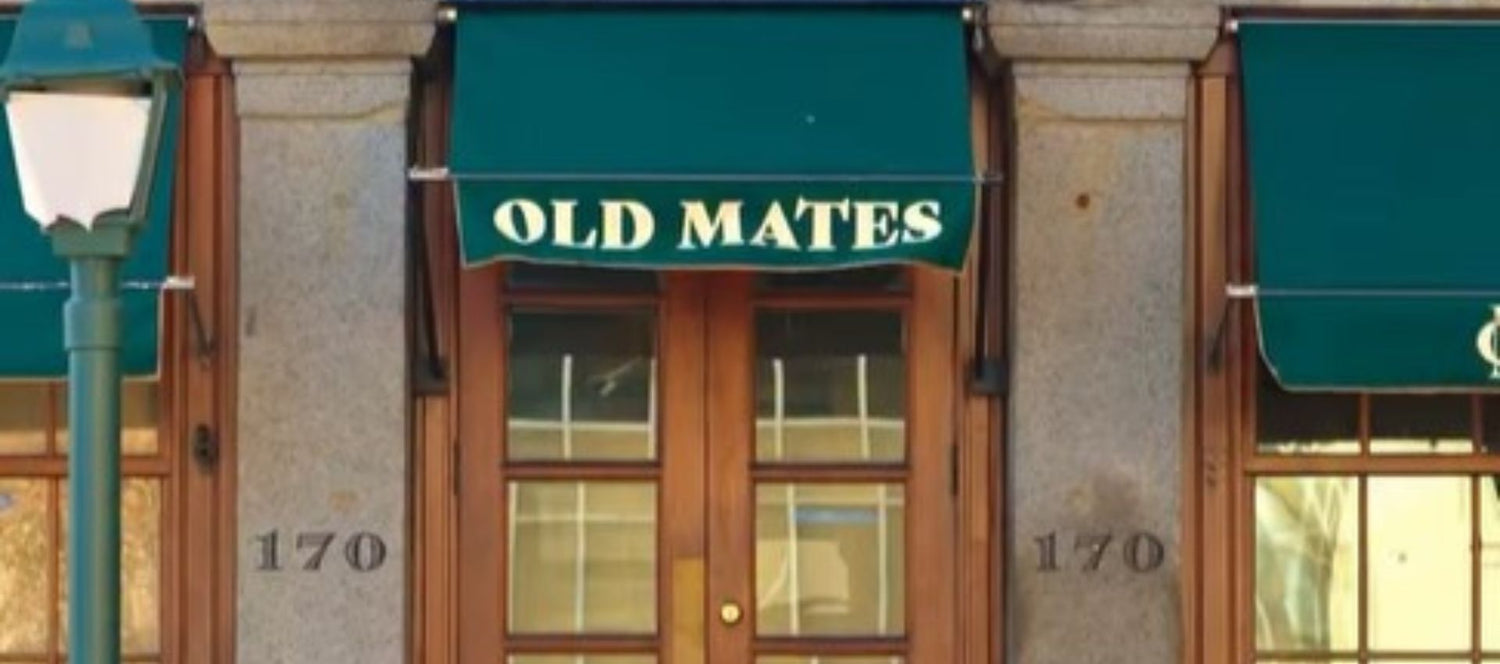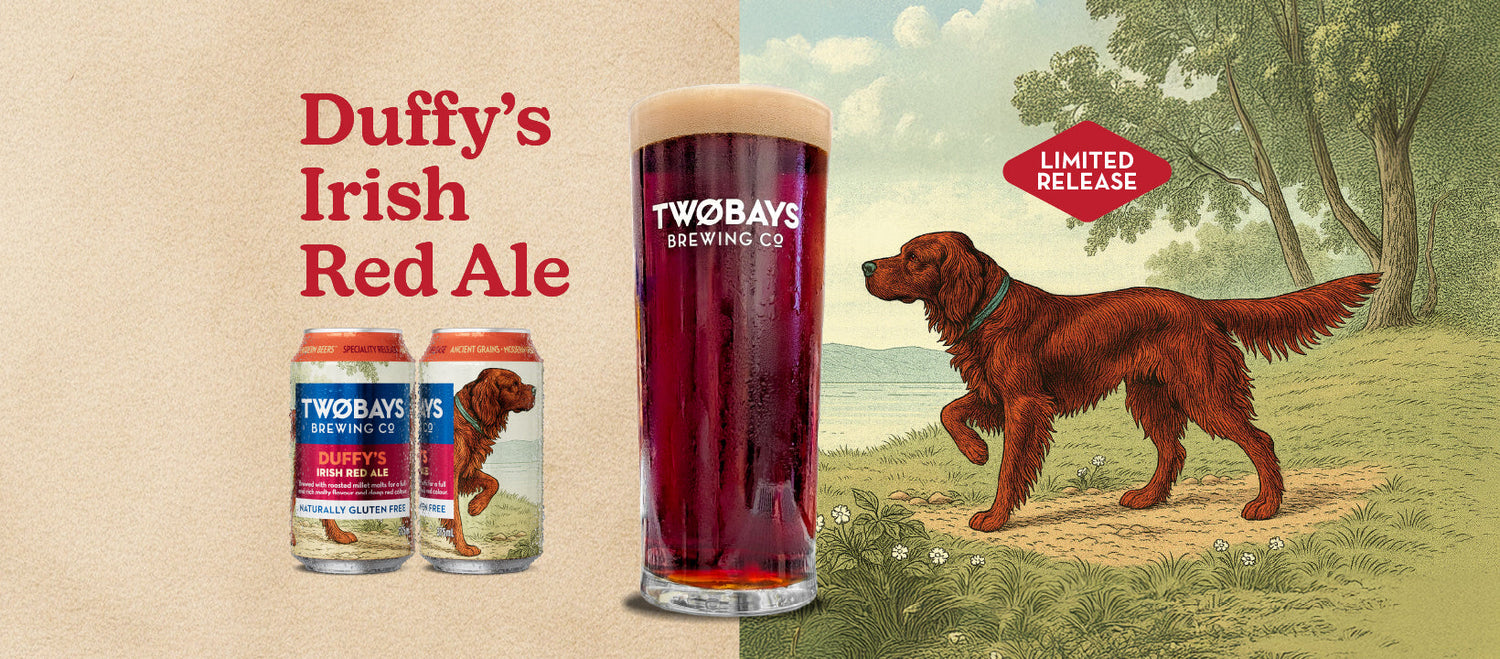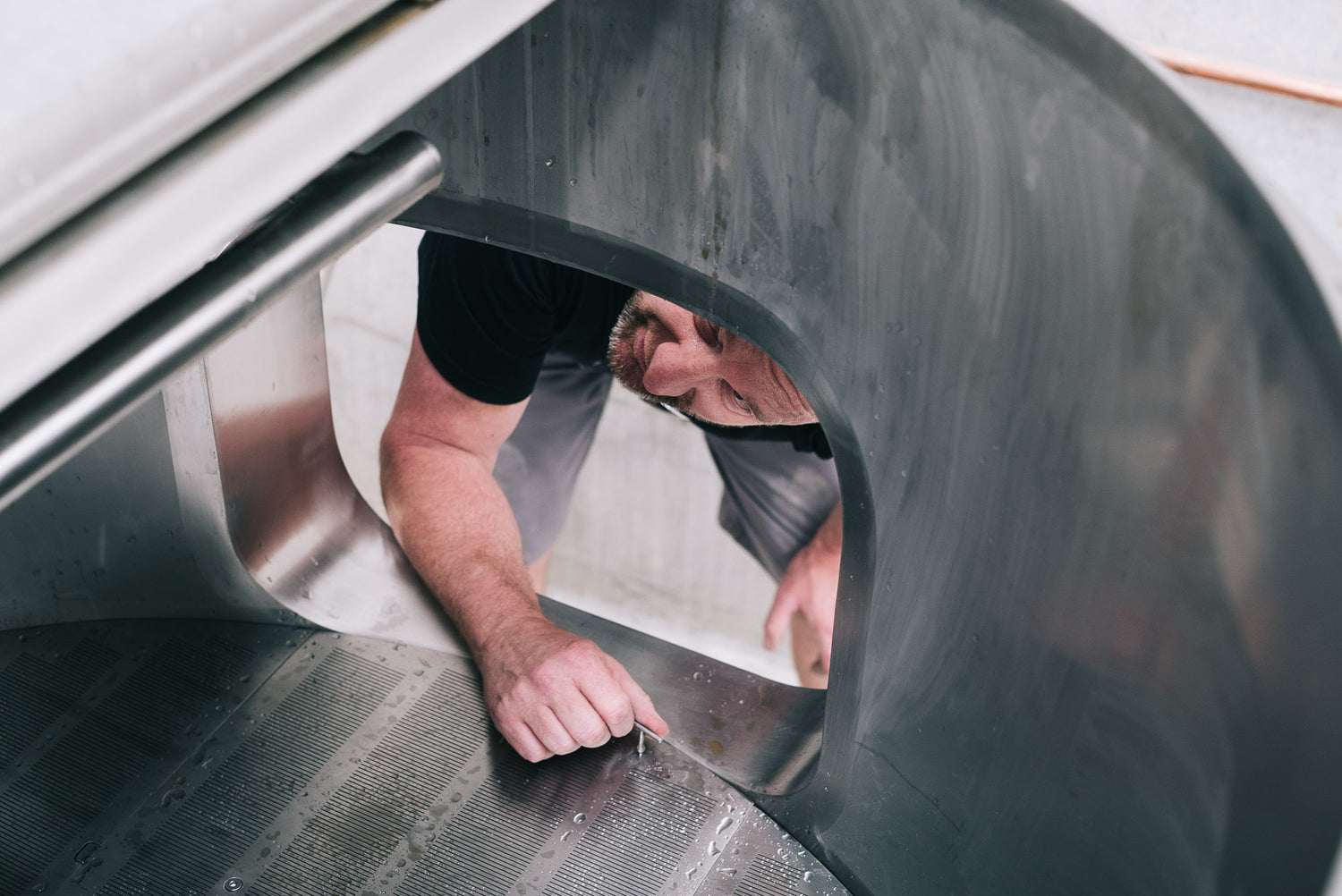TWØBAYS has shared a lot of Australian gluten free beer firsts in its three-and-a-half-year existence, but pouring a stout on Nitrogen is one we’ll only share with our Taproom visitors – for now.
AIBA gold medal-winning No Doubt Stout will pour thicker and creamier than ever after head brewer Kristian Martin fitted a specialist Nitro tap to our 11-tap bar.

“No Doubt Stout might be strictly closer to the Sweet Stout sub-style, but it was inspired by the Dry Irish Style genre,” says Kristian.
“Part of the original reason we can’t call it a Dry Irish Stout is that it wasn’t Nitro-charged, like Guinness is.”
“Now, drinkers will have the full effect – and I’m pretty excited about it. Brewing gluten free isn’t just about sharing different styles, flavours and aromas with those who avoid barley, wheat and rye; it’s about sharing experiences, like drinking stout on Nitro.” 
Pouring on Nitro also slightly changes the flavour and aroma, enhancing the deep, roasty chocolate, caramel and coffee notes.
“It’s something we’ve wanted to do for a long time,” says Founder Richard Jeffares.
“Being born in Ireland, I have a certain affinity for Guinness (even though I moved here well before I was legally allowed to drink). So it’s really cool to be able to pour a stout on Nitro, just like they do with Guinness back in the Emerald Isle. It’s even cooler to do it with an award-winning gluten free beer so that all those who can’t just walk into a pub and get a Guinness – or any other stout – get to see what all the fuss is about.”
“We know people are going to love the frothy goodness!”
Why does pouring Nitro change the beer?
Most traditional beers are carbonated, a process that can occur naturally during fermentation. As yeast converts sugars from malts to alcohol, carbon dioxide is a by-product. If the brewer chooses to trap the carbon dioxide, it infuses the beer with tiny gas bubbles and gives that slightly prickly sensation on the tongue, akin to soda or seltzer water. Most beers at a bar are pushed from kegs through lines to the taps using a mix of Carbon Dioxide and Oxygen, creating that lively-looking effect in a glass.
Adding a disc to the tap with tiny holes in it – and using Nitrogen and Oxygen instead – pushes the beer through at a higher pressure with finer downward-flowing bubbles that are barely visible, making the beer look almost flat. It creates a creamier, softer, silkier texture with a thicker head. The dark beer pours completely white to start with as it heads into the glass at high pressure, aggravating with the mix of natural environment gases. Then white slowly gives way to dark as the beer settles, ready to drink.

“There is something poetic, almost romantic, about a freshly-poured pint of stout from a nitro tap,” said American beer writer John Holl on craftbeer.com.
“The cascading effect is mesmerizing; the waterfall of tiny bubbles slowly yielding to a dark brew with a fluffy, white head thick enough to float a bottle cap.”
What’s the difference between Nitro-dosing and pouring on Nitro?
Brewers can also add CO2 carbonation during the canning or kegging process, but with Nitro No Doubt Stout, Kristian, Ajay and Erin transferred non-carbonated beer into kegs at a very high pressure (3 bars rather than the standard 1.2) and kept it under that pressure for two days.
Nitro dosing is when Nitrogen is infused into the beer as it is filled on the pack line – this allows for Nitro Beers to be served from cans, without widgets that release Nitrogen.
When did nitrogenation begin?
Traditional English ales – stout, porters, milds and bitters were brewed long before refrigeration and forced carbonation. Wooden casks couldn’t hold much carbon dioxide pressure from fermentation, so they are naturally very low in carbonation. Pubs began to use hand pumps to pressurise the casks in the cellar to about 30 psi with air and deliver the beer to taps at the bar. Since air is 78% nitrogen, this was a “nitrogenation” process before nitrogen was recognised as an element.
The challenge (however you look at it) is that the remaining 21% of air is oxygen. Unless the cask was consumed in a day, it would begin to oxidise the beer and spoil the flavour.






